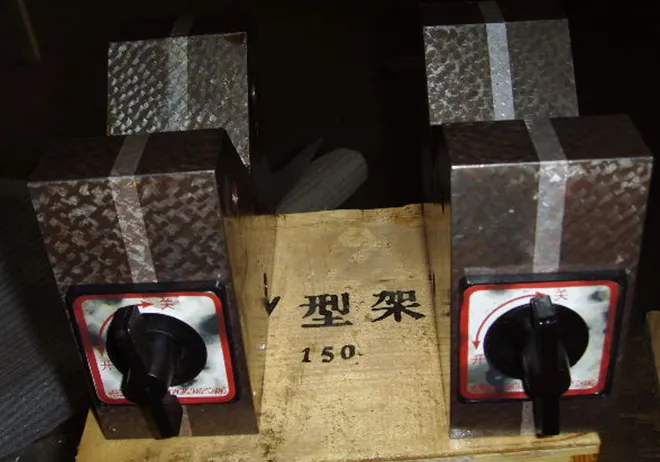Nov . 06, 2024 14:19 Back to list
cast steel check valve
Understanding Cast Steel Check Valves Structure, Function, and Applications
Cast steel check valves are critical components in many industrial systems, playing a vital role in preventing backflow and ensuring the efficient operation of fluid systems. These valves are designed to allow fluid to flow in one direction while automatically preventing backflow when the fluid reverses direction. This article delves into the structure, function, and various applications of cast steel check valves.
Structure and Design
Cast steel check valves are crafted from high-quality steel alloys, which provide strength, durability, and resistance to various corrosive environments. The casting process not only contributes to the valve's durability but also allows for complex shapes and designs that enhance performance. These valves typically consist of a body, a disc, and a seat. The disc is the movable part that opens or closes the valve, while the seat provides a sealing surface to prevent leakage.
There are several types of check valves, with the most common being the swing check valve and the lift check valve. Swing check valves have a hinged disc that swings open and closed based on the flow of fluid. In contrast, lift check valves have a disc that is lifted off its seat by the fluid flow and seats back down when the flow reverses.
Functionality
The primary function of cast steel check valves is to maintain unidirectional flow in piping systems. When fluid flows in the intended direction, the disc is pushed open, allowing flow through the valve. If the flow reverses, the disc automatically moves back to its seat, effectively sealing off the valve and preventing backflow. This mechanism is crucial in many applications, as backflow can lead to contamination, pressure surges, and potential damage to equipment.
cast steel check valve

In addition to preventing backflow, check valves also help in maintaining system pressure and reducing the risk of pipeline damage. They are generally installed vertically or horizontally, depending on the specific requirements of the system.
Applications
Cast steel check valves are widely used in various industries, including oil and gas, water supply, power generation, and chemical processing. In the oil and gas industry, these valves are essential in pipeline systems to prevent backflow and protect pumps and compressors. In water supply systems, they help maintain flow direction and system integrity.
The thermal power generation sector utilizes cast steel check valves in cooling water systems and steam lines, ensuring that the flow remains unidirectional to optimize efficiency. Moreover, in chemical processing, these valves play a critical role in preventing hazardous backflow that could lead to safety incidents or environmental contamination.
Conclusion
In summary, cast steel check valves are indispensable components in many fluid handling systems. Their robust design, combined with efficient functionality, makes them ideal for various industrial applications. Understanding their structure and operation can help engineers and technicians select the right valve for their specific needs, ensuring safety, efficiency, and reliability in fluid management processes. As industries continue to evolve, the demand for reliable check valves will persist, underscoring their importance in modern engineering solutions.
-
Why Metric Trapezoidal Thread is Ideal for Precision Motion ControlNewsAug.05,2025
-
The Unique Properties of a Block of Granite for Industrial UseNewsAug.05,2025
-
The Role of Flanged Y Strainers in Preventing Pipeline ClogsNewsAug.05,2025
-
The Importance of Regular Calibration for Master Ring GagesNewsAug.05,2025
-
How a Cast Iron Surface Table Enhances Accuracy in ManufacturingNewsAug.05,2025
-
Comparing Different Check Valve Types for Optimal Flow ControlNewsAug.05,2025
Related PRODUCTS









